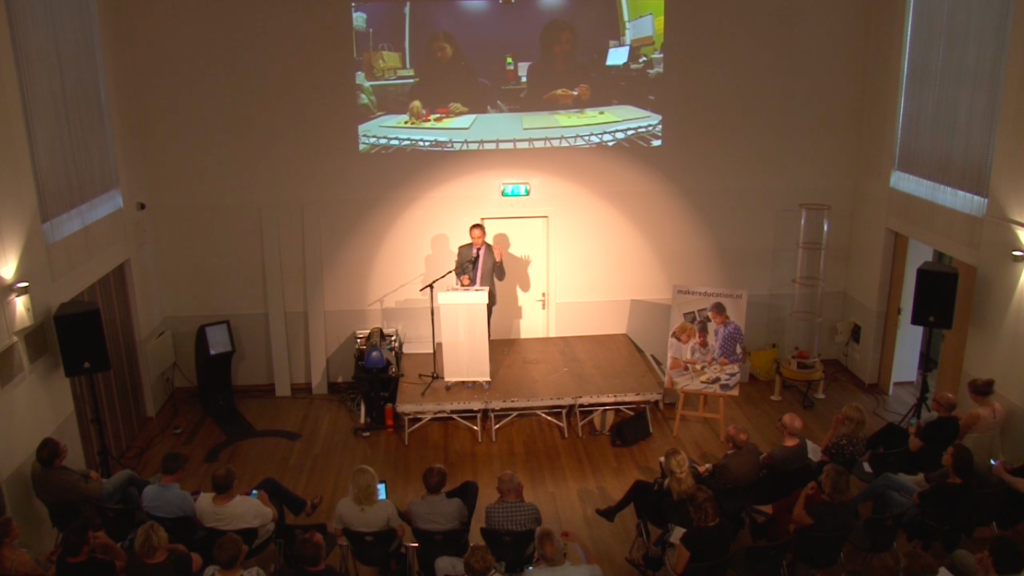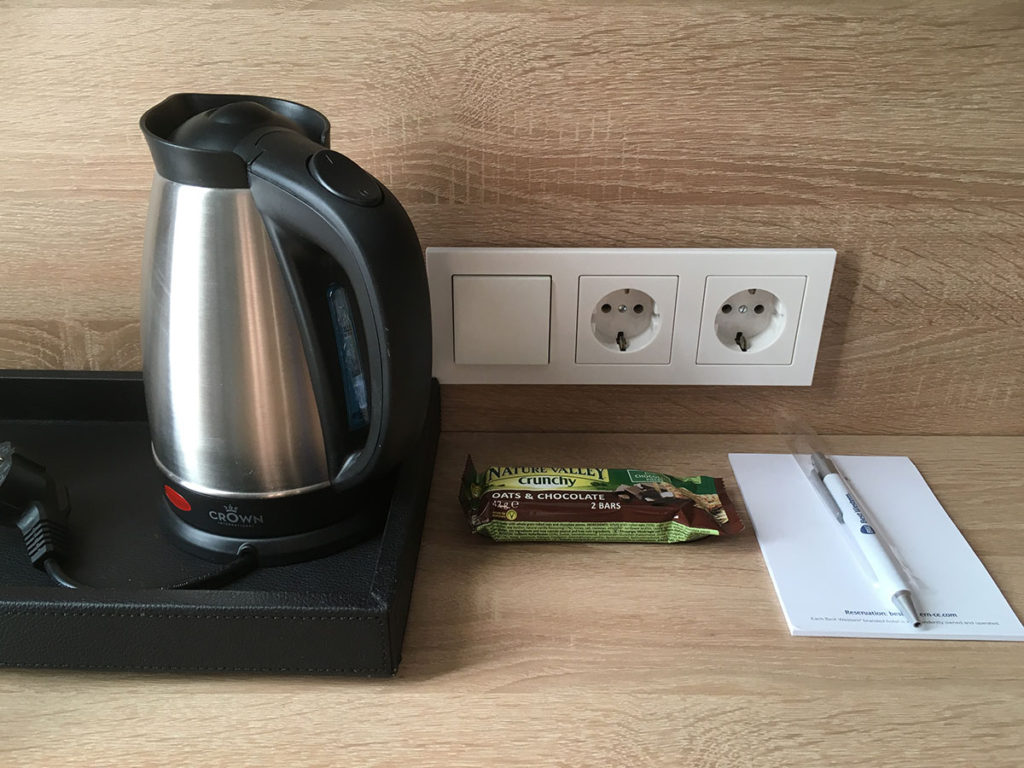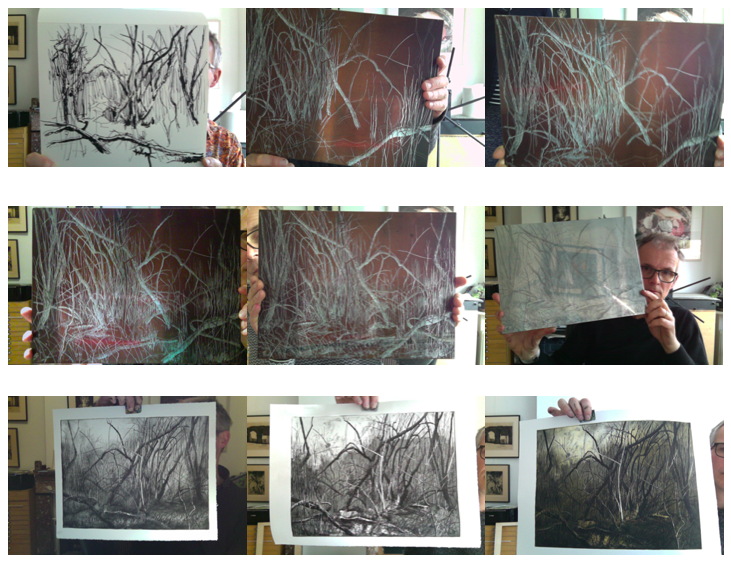Recently I travelled to Germany. The south to be precise: to the Filmakademie Baden-Württemberg. Every once in a while I go over there to teach about creativity and tell the secrets of my work as a creative director. I talk about what makes projects important and about the love and chaos we encounter in realisation of these projects. Since I feel I have to be some sort of professor on those days and I suffer gravely of imposter syndrome, I am usually very nervous. Students expect a lot, and so does the Akademie. ‘It’s good you are coming over, they could use some shaking up.’
Boredom
Yes pressure. To be able to tell a really good story and to provide really high quality insights I surround myself with boredom on my travelling day in. No flying, because exciting. I choose the train: the super tidy very German silver bullet superstar: the ICE. For a ride that is hours and hours too long. I never sleep in an airbnb, because that might be adventurous. No, no, no, I choose the local Best Western Hotel. Where all rooms have the exact same brownish-grey furniture and the little single use shampoo bottles (with a scent that nobody finds offensive). Excellent service, but nothing personal. Superbly boring.
All this boredom makes my mind have a life of it’s own. Since no signals come in and nothing keeps me busy, thoughts appear. Thoughts on the task that lays before me. And because of the overwhelming level of boredom, these thoughts are longer and better than usual. This way I feel prepared for my discussions with the students.
Once or twice a year this boredom really helps. More would be depressing.
Inefficiently messing around
Marten Hazelaar once told me how he does it. Martin is an artist who makes beautiful etches that take a lot of time and effort.
When I am working I always find myself switching between active and productive and merely lingering around. When I am into the drawing (this can take up to 6 or 7 hours), I move from problem to problem. This section needs some work, since it is a bit boring; this needs more depth, etc. I think I never actually draw for more than 15 minutes at a time. I take a lot of breaks. I look out the window, check with my reference materials, look at the drawing from a distance, make some coffee, etc. The whole process is surprisingly inefficient, but by now I believe it to be the only way.
Very often, the first print is not to my liking. I put in on my drying line, and it looks at me unhappy. I totally get the problem, but can’s see the solution yet. The solutions always come to me, but never when I am actually in my workshop. On my bike, in the shower, when I am just waking up, or during a train ride. Solutions can appear after a few days, but they can also take weeks or months. When it takes too long I put the etch or lino away. But even then solutions might appear. Often when looking at work of other artists for fun.
Alternation
Marten also mentioned Paulo Blikstein. At Standford he researches making in education. He found that an alteration between rest and action predicts learning. At Standford they observe making people with motion tracking software. The measurements are then compared to the learning that took place.
Results? Active kids learn more. And children with a good alternation between movement and rest learnt best and most. To act and to think in a nice productive balance.
 (As Blikstein explains on Vimeo, watch from 15:40.)
(As Blikstein explains on Vimeo, watch from 15:40.)
Great! Not only quiet work, nog only loads of activity, but a nice balance. With Marten in sets of 15 minutes, with Bliksteins’ students in sets of maybe 1 minuut, and -in my Germany story – in sets of many hours at once. Its all about finding your own rhythm.
This is blog 2 in a series of 5; Thinking about thinking:
- The balance between thinking and making
- About boredom and action
- Failing is no fun at all
- Why you need knowledge, skills and that other thing
- What I can teach you (spoiler: nothing)

